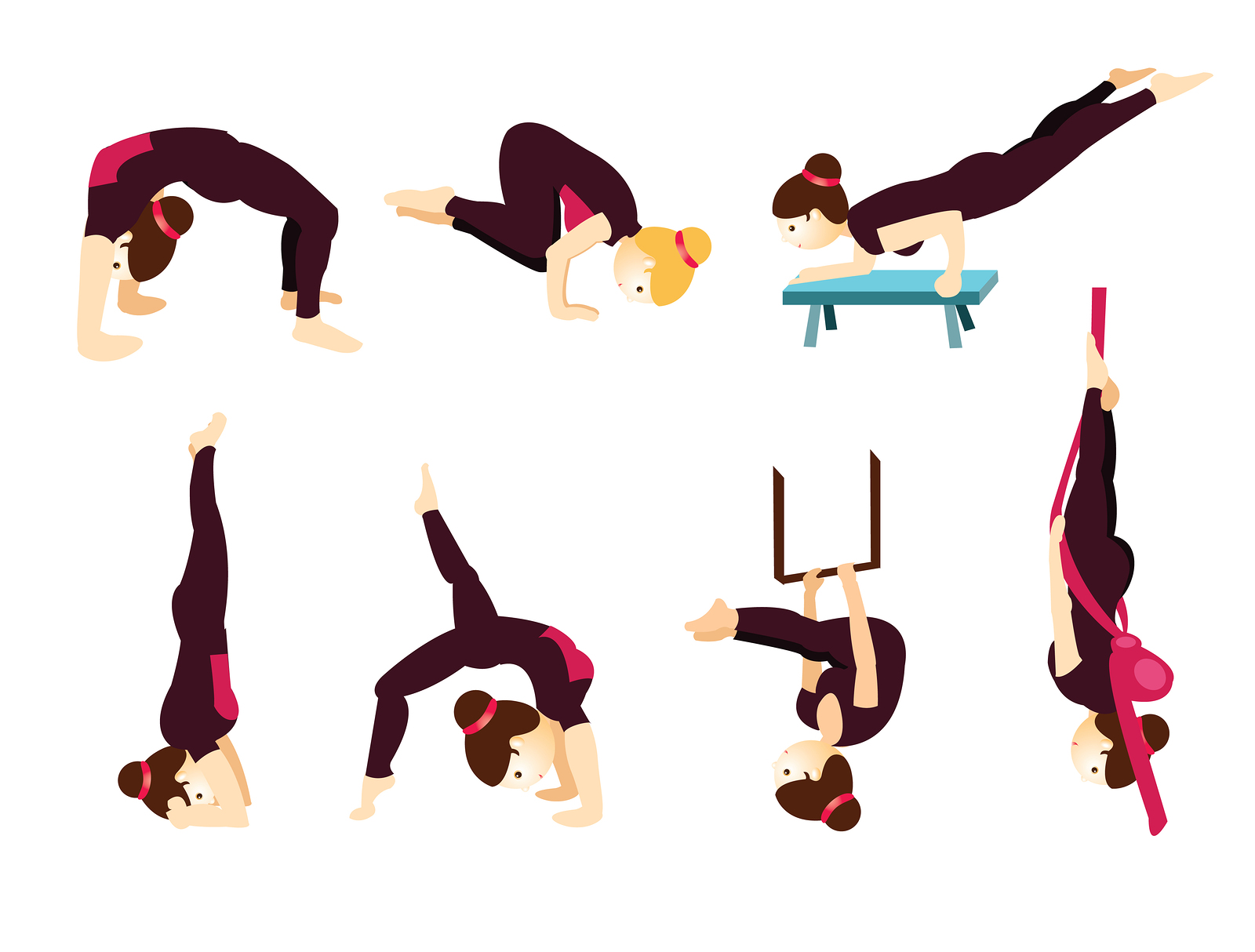
Various studies have shown the efficacy of conventional isometric, Pilates and yoga exercises. However, data on the effects and comparison of these specific exercises on the cervical muscle morphology are insufficient or lacking. The objective of this study was to investigate the effects of different exercise treatments on neck muscles in patients with chronic neck pain.
Fifty-six patients with chronic neck pain were randomized into 3 groups as follows: Pilates group (n = 20), yoga group (n = 18) and isometric group (n = 18). Demographics and background information were recorded. The thickness and cross-sectional area of neck muscles were evaluated by ultrasound imaging. Cervical motions were measured with a goniometer. Pain severity was evaluated with the McGill Pain Scale, disability with the Neck Disability Index, quality of life with the Nottingham Health Profile, and emotional status with the Beck Depression Inventory. In addition to a conventional physiotherapy programme, 15 sessions of physical therapy, including hot pack, ultrasound, and transcutaneous electrical nerve stimulation (TENS), were provided to all patients. All groups performed the exercises for 6 weeks. The aforementioned assessments were performed before and 6 weeks after the treatment.
Although pain, disability, depression and quality of life improved similarly within all groups (all p < 0.05), muscle thickness values as regards the semispinalis capitis were increased only in the Pilates group (p = 0.022). All 3 types of exercise had favourable effects on pain and functional scores, but no differences were found among the groups, except for the Pilates group, in which the semispinalis capitis muscle increased in thickness.
No comments:
Post a Comment